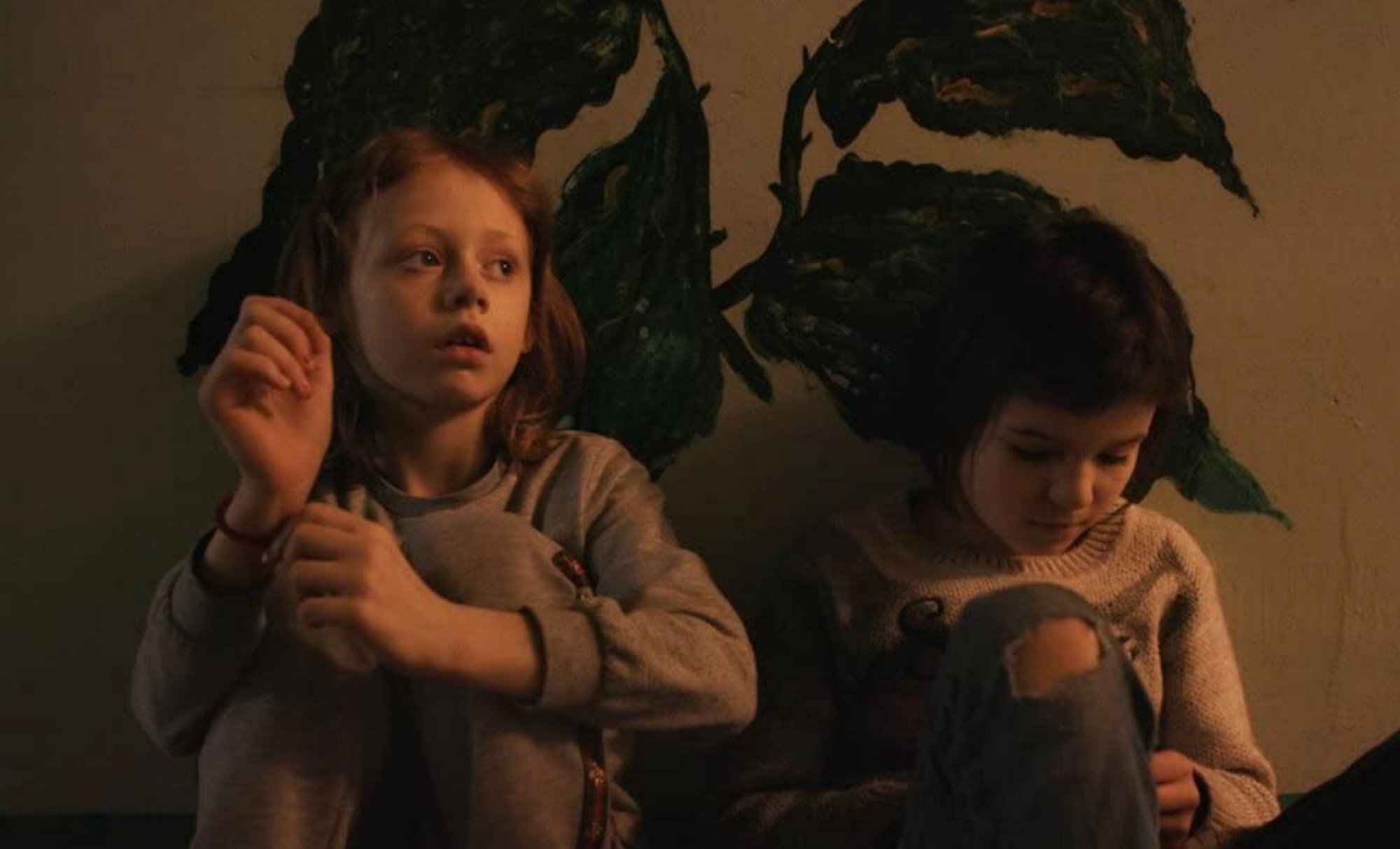
- Festivals
Sundance 2022: “A House Made of Splinters”
A House Made of Splinters is a documentary film about a shelter for neglected children in Ukraine, who are affected by the unrest in their country. The film premiered at Sundance, where Simon Lereng Wilmont won the Directing Award: World Cinema Documentary.
Very close to the frontline in Eastern Ukraine, you find the Lysychansk Center for The Social and Psychological Rehabilitation of Children. This is a shelter for neglected and abandoned children and they are the focus of Danish docmaker Simon Lereng Wilmont’s film A House Made of Splinters.
The Danish director’s process of making A House Made of Splinters started with his debut film The Distant Barking of Dogs, which came out in 2017 and was Oscar-shortlisted. This film was about a boy, Oleg, and his grandmother living very close to the front line of the conflict in Eastern Ukraine and it showed the psychological effects the war had on the boy.
When worried about Oleg’s wellbeing after the film was shot, Simon Lereng Wilmont went on the journey of discovering that a lot of kids were being removed from their families and put into shelters in this part of Ukraine. He visited many of the shelters and visited many children, but the Lysychansk Center was special.
“The first time I just stepped over the threshold to this exact shelter was completely different because immediately you could just feel the warmth of the place everywhere else in the other shelters would be bleak colors and everything,” said Simon Lereng Wilmont at a Q&A at Sundance. “ In this shelter, there were warm colors and yeah it was warm and it was old and relatively small, but there were kid’s drawings hanging on the walls. I noticed the kids were hugging the adults and singing with them, and there were all these activities. I was completely taken aback by this. So I knew I really want to stay and figure out what is it that makes this exact shelter so special? And that’s why I came to that place.”
There were many children at the shelter, but Simon Lereng Wilmont decided to follow two girls, Eva and Sasha, and the teenage boy Kolya, who caught his attention right away.
“He had this kind of like real power behind him and I turned on the camera and wow,” said Simon Lereng Wilmont about his reaction to the teenage boy, who was accompanied by younger siblings and whose anger had driven him to petty crime and rebelling against the grownups.
The director also noticed Sasha because she was almost living in her own happy little bubble. With a severely alcoholic mother at home, her chances of leaving the shelter and either going to an orphanage or going to live with a foster family was high and going home to a mother who let her cook for herself before she was tall enough to reach the stove was low.
“I noticed she didn’t really reach out to any of the other kids, but she didn’t seem sad at all, she’s very content in her own company and I thought there was something magical about that that was really interesting.”
The film is a very intimate portrait of the children and the situation they are in. The audience can sense their emotions as they are seen through the director’s lens, which is simply observing them doing their daily routines. Eva in particular moved the director, he explained.
“I always say to them: “Try just looking into the camera until I say: Go!” And she was looking and she was smiling like this beautiful smile, and then all of a sudden, her tears started running. I was like: “Oh, shit no. Are you sad?” And no, she wasn’t sad. It was just because it was such a weird and exciting thing. She didn’t know what to do with herself because there was so many different emotions in her.”
The film’s most emotional moments are the phone calls between the children and their parents, which reveal how heavy life at home has been. In one scene, Eva is asking her grandmother: “Is mom drinking again?” and you can hear the sadness and disappointment in her young voice as she is waiting for the answer, she already knows.
“This hallway, where the phone calls are being made is both very public, but it’s also a very intimate room because through those phone calls, you get an absolute idea not only of the characters but the kids involved and you get an idea of the parents, you get an idea of the situation and you get a whole layer of the land. So in this microcosm, very scarce scene, it just tells us everything about the outside. I was very fascinated by that.”
The story is one about the effects of war and neglect and abandonment, yet also of hope partly because of the compassion the workers at the shelter have for the kids.
“Even in the bleakest and most tragic moments, I think there’s always hope. I think one of the most important things for me as a filmmaker is trying to find that hope because that hope can inspire, and that hope can change things. So you can’t give in to the tragedy. Then everything would just be lost. What I was so taken by with this house is that in all of this terrible situation that the area is in, it’s only 20 kilometers from the front line and now 100,000 Russian troops, tanks, everything just 20 kilometers away.”

